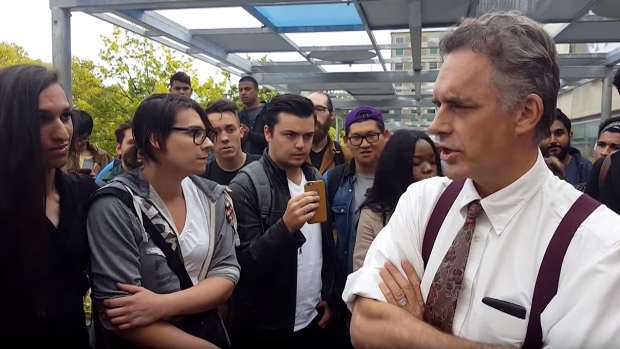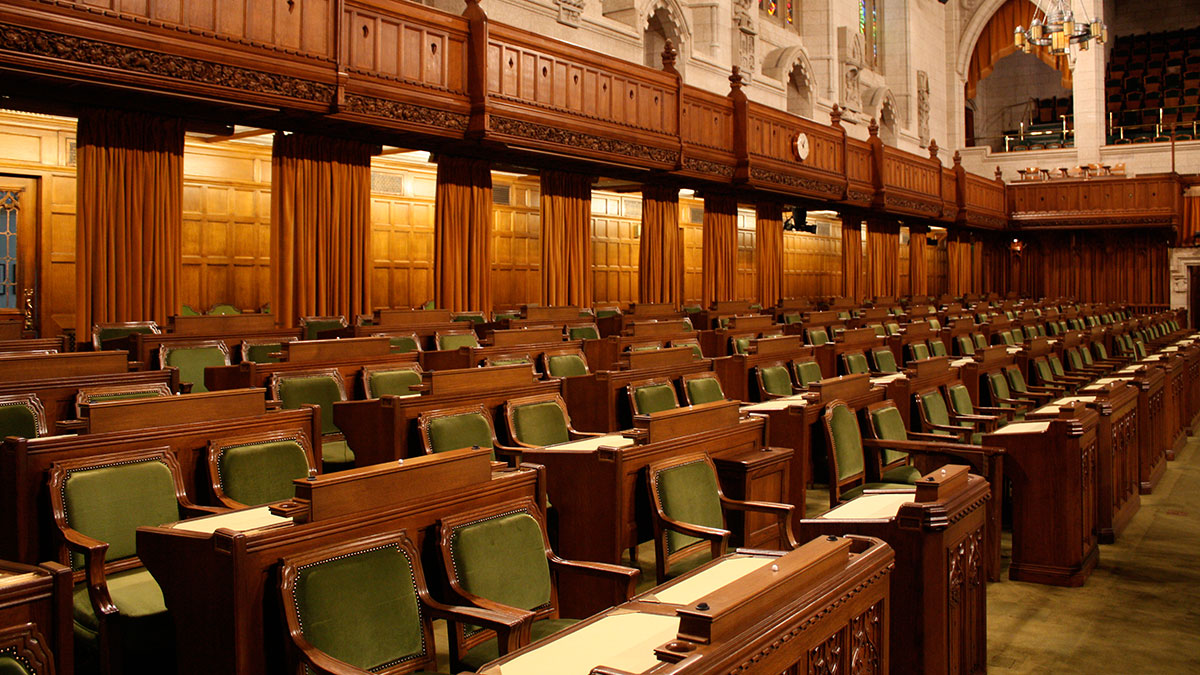 Supplied – Gary Knight
Supplied – Gary KnightHousing and homelessness seem to be ever-growing issues across Canada. In 2021, Statistics Canada reported that over one in ten Canadians had experienced homelessness. As of October 31, 2024, Homeward Trust Edmonton found the number of people experiencing homelessness in Edmonton is close to reaching 5,000. The largest group affected by homelessness is between the ages of 25 and 44. Indigenous people are also disproportionately represented in homelessness statistics. The current statistics present homelessness as a major crisis. One that needs to be addressed by all levels of the government working towards finding a solution.
It’s not surprising the growing pandemic of homelessness in Canada is gaining spotlight both in domestic and international review boards. In 2023, the Canadian Centre for Housing Rights (CCHR) and National Right to Housing Network (NRHN) made a collective submission to the United Nations (UN) Universal Periodic Review (UPR) regarding inadequate housing and the homelessness crisis in Canada. The submission raised critical points regarding Canada’s execution of its National Housing Strategy Act in 2019. This was Canada’s first act recognizing access to adequate housing as a fundamental human right. It also necessitates a long-term government commitment to the provision and maintenance of an effective housing strategy for all Canadian citizens. However, progress on actually addressing the issue of housing and homelessness has been slow.
The spike in homelessness can be attributed to a number of factors. In 2023, rent prices increased across Canada as the country experiencing the lowest vacancy rates. In particular, both Calgary and Edmonton experienced their lowest vacancy rates in a decade. According to Kevin Hughes, deputy chief economist at Canada’s Mortgage and Housing Corporation (CMHC), increased international and domestic immigration was a contributing factor. In 2023 alone, Alberta recorded the largest net gain in interprovincial migration since 1972. This included large populations of former residents of British Columbia (B.C.) and Ontario, with a collective of 55,107 people coming into Alberta.
This, coupled with high inflation and interest rates, has driven many Canadians to turn to the rental market. The high rental prices have significantly contributed to housing insecurity. This presents an urgent need for effective rent control policies which can ensure both stability and security for tenants. As of now, one in four Edmonton renters spend more than they can afford on housing. Such a significant increase in demand for housing has further exacerbated the existing discrepancy between the supply and demand for housing. Susan McGee, the CEO of Homeward Trust, has stated that “housing is going to be the ultimate solution to a housing crisis.”
The COVID-19 pandemic further contributed to the housing crisis, exposing vulnerabilities and creating complexities in meeting chronic needs. In response, the City of Edmonton is updating its plan to end homelessness. This comes more than 15 years after launching the original 10-year strategy in 2009. This initiative, which initially reduced homelessness by nearly half, has demonstrated success. It has housed over 8,500 people and developed 644 units of supportive housing. The revised plan aims to reach what Homeward Trust calls “functional zero.” This is a state where homelessness is rare, brief, and non-recurring.
The plan emphasizes embedding Indigenous culture into programs, improving shelter quality, and increasing youth-focused initiatives. Over the next five years, Edmonton requires an additional 1,400 to 1,700 units of supportive housing. Moreover, it will require 150 to 250 units of transitional housing. These are important steps to addressing the problem at hand.
The federal government created the Housing Accelerator Fund (HAF) in 2023. The project is designed to support local changes in housing by Canadian municipalities and Indigenous governments. By October 2026, the government expects HAF will help build 100,000 new homes across Canada. Out of the HAF’s $4 billion federal budget allocated for housing development, Edmonton was to receive $175 million between 2024–26. With help from HAF, an additional 35,000 homes would be constructed in the city by 2026. However, the recent resignation of Prime Minister and leader of the Liberal Party, Justin Trudeau, raises uncertainty over the program’s future. In a time when many are struggling to afford housing, the continuation of this program is a must, regardless of what party is in power.
Advocates like Jim Gurnett from the Edmonton Coalition on Housing and Homelessness (ECOHH) stress the necessity of increased investment in housing development. For 2024–25, the province has committed $116 million to shelter operations and $101 million to housing programs. This funding has already helped over 8,000 Albertans secure stable housing, including 1,800 newly admitted individuals. While intermediary services are important, the ultimate issue is housing and the cost of it.
It is imperative that the Canadian government maintains the effective implementations of its plans and focuses on allocating greater funding to affordable housing projects. In cities where the demand for housing is greater, the government should have effective rent control policies in place. As for the challenges arising from interprovincial and intercity migration, it is vital that the provincial and municipal government co-operate. They must introduce regional incentives and policies that would facilitate its own residents to create a sustainable housing market for the future. Without inter-governmental co-operation, tackling the homelessness crisis will be all the more difficult.




